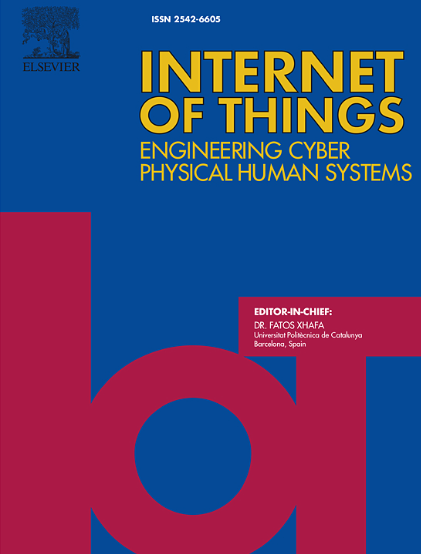基于城市分区的地图匹配对轨迹数据分析的积极意义
IF 6
3区 计算机科学
Q1 COMPUTER SCIENCE, INFORMATION SYSTEMS
引用次数: 0
摘要
我们提出了一种新的数据预处理方法--基于子区的地图匹配(SDBMM),该方法涉及将轨迹投射到地图上边界不规则的地理区域--城市子区(SCD)上。因此,这种方法与传统的地图匹配过程有很大不同,传统的地图匹配过程是将轨迹数据点与最近或最可能的路段进行匹配。在 SDBMM 中,移动物体是通过一组 SCD 的渐进过渡来表示的,而不是快速 "闪烁 "到路段上。这种信息粒度上的变化提高了呈现效率。由于 SCD 是根据城市规划或旅行行为对城市进行的有意义的划分,因此 SDBMM 还为事后分析提供了新的基础。在第一个应用中,我们对一个大城市的大型出租车轨迹数据集执行了 SDBMM。该案例利用足够的海量数据验证了 SDBMM,并为多方(即出租车司机、服务运营商和政府)在管理城市出租车交通模式和政策制定方面提供了有价值的知识。我们将 SDBMM 应用于第二项禁毒调查,发现具有跨山脉出入口的 SCD 通常是毒品交易的热点区域。这些实际应用可能会增强人们对未来使用 SDBMM 的信心。本文章由计算机程序翻译,如有差异,请以英文原文为准。
Positive connotations of map-matching based on sub-city districts for trajectory data analytics
We propose a new data pre-processing method, sub-district-based map matching (SDBMM), which involves projecting a trajectory onto sub-city districts (SCDs), geographical areas on the map with irregular boundaries. Thus, this method differs significantly from traditional map-matching processes, which match trajectory data points to the nearest or most probable road segments. With SDBMM, a moving object is represented through gradual transitions through a set of SCDs instead of ‘blinking’ at the road segments rapidly. This change in information granularity yields more presentation efficiency. As SCDs are meaningful partitions of a city based on urban planning or travel behaviours, SDBMM also underlies a new ground for post hoc analytics. In the first application, we perform SDBMM for a large taxi-trajectory dataset in a large city. This case verifies SDBMM with sufficient massive data and brings valuable knowledge to several parties (i.e. taxi drivers, service operators, and the government) in managing the taxi transport mode in the city and policy-making. We apply SDBMM in a second application of anti-drug investigation and find that SCDs with pathway entrances/exits across the mountain ranges are usually the hot traces of drug transactions. These practical applications may foster greater confidence in future utilisations of SDBMM.
求助全文
通过发布文献求助,成功后即可免费获取论文全文。
去求助
来源期刊

Internet of Things
Multiple-
CiteScore
3.60
自引率
5.10%
发文量
115
审稿时长
37 days
期刊介绍:
Internet of Things; Engineering Cyber Physical Human Systems is a comprehensive journal encouraging cross collaboration between researchers, engineers and practitioners in the field of IoT & Cyber Physical Human Systems. The journal offers a unique platform to exchange scientific information on the entire breadth of technology, science, and societal applications of the IoT.
The journal will place a high priority on timely publication, and provide a home for high quality.
Furthermore, IOT is interested in publishing topical Special Issues on any aspect of IOT.
 求助内容:
求助内容: 应助结果提醒方式:
应助结果提醒方式:


